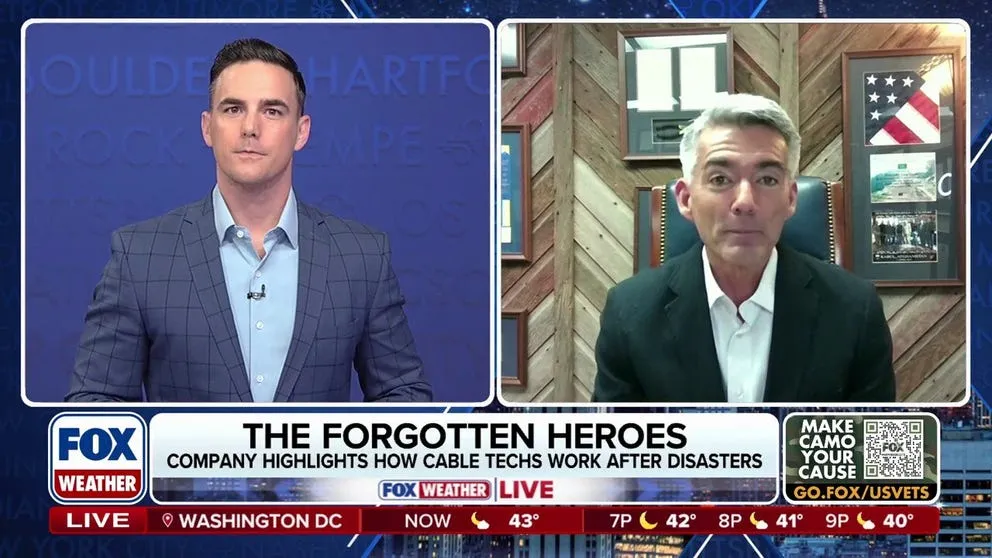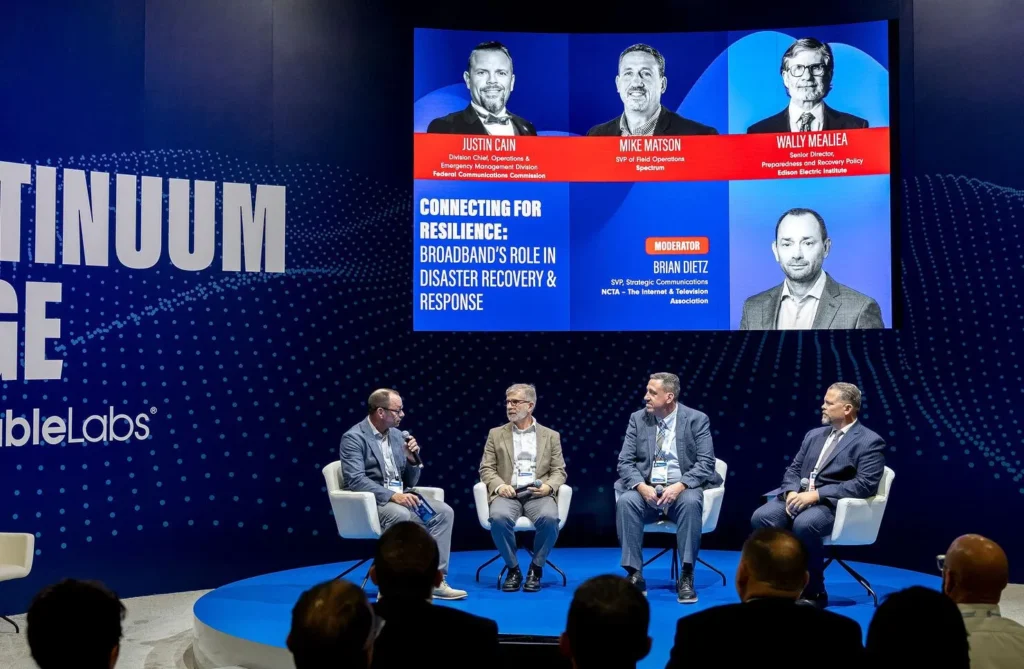CBRS: A Trump Administration Success Story
During the first Trump Administration, the Big Three cellular carriers (AT&T, T-Mobile, and Verizon) pressured the FCC to auction the 3.55 – 3.7 GHz spectrum band for exclusive, high-power use. The Big Three already control 82% of all licensed spectrum, and winning control over this additional band would have further consolidated their “oligopoly” stranglehold over the nation’s airwaves.
The Trump FCC wisely resisted Big Cellular’s lobbying agenda and instead launched the Citizens Broadband Radio Service – a first-of-its-kind spectrum-sharing model. By choosing lower power levels and smaller license sizes, CBRS opened the door to hundreds of new competitors.
This Trump FCC decision has proven wildly successful. Since 2020:
- More than 1,000 network operators have invested more than $14 billion in the CBRS ecosystem
- Nearly 500,000 CBRS base stations now connect tens of millions of devices.
- More than 70% of these base stations are in rural areas, where the Big Three have long underinvested.
Big Cellular’s Backdoor Fight to Outlaw Mobile Competition
Today, cable companies such as Comcast, Charter, and Altice use CBRS to offer mobile plans that compete – often at lower prices – with the Big Three. These cable mobile plans have been steadily taking market share from the Big Three incumbents, and represent the only remaining challenge to their oligopoly now that Echostar has abandoned its network buildout plans.
CBRS also empowers more than a thousand other providers – rural WISPs, schools, libraries, factories, ports, airports, stadiums, and many others – to deploy their own connectivity rather than being captive to what the Big Three offer.
Instead of competing fairly on price or quality, the big carriers are instead asking the FCC to effectively shut down competition in the CBRS band. They’re pushing the Commission to increase the transmission power limits of CBRS base stations by a massive 3,100% over current power levels. Such a dramatic change would:
- Allow the Big Three’s towers to effectively “drown out” existing, low-power users.
- Render billions of dollars of already-deployed hardware obsolete.
- Produce vast “out-of-band emissions” that interfere with adjacent frequencies.
- Undermine the market’s confidence in the sanctity of FCC licensing decisions.
- Crush – by regulatory fiat, not via market forces – the only viable competitive threats to the Big Three carriers’ mobile oligarchy.
Debunking Federated Wireless’s Empty Assurances
The Big Three are delighted to encourage Federated Wireless – a smaller vendor financially dependent on the carriers – to push the idea that advanced Spectrum Access Systems (SAS) could facilitate higher CBRS power levels without drastic harms to the overall CBRS ecosystem. But the claims Federated recently made to the FCC just don’t hold up; in truth, their supposed panacea is:
- Non-Existent: Federated’s “assurances” hinge on rules and requirements that do not currently exist and are not spelled out anywhere in current or proposed FCC rules.
- Speculative: Solutions capable of delivering on Federated’s lofty promises would have to solve for operational complexities well beyond current systems’ capabilities. Federated’s “solution” also assumes the future adoption of technologies (such as adaptive power control) not currently used or mandated.
- Cherry-picked: Federated’s “analysis” is based on inaccurate, unrealistic assumptions for cell site spacing and power levels – particularly in dense, urban markets where higher power levels would cause the greatest disruption.
- Optional: Even if such technical solutions could be plausibly developed, neither current nor proposed FCC rules would require SAS providers to use them.
Moreover, even if SAS providers managed to deliver such speculative technologies, this “solution” would still fail to address other existential harms to the CBRS ecosystem:
- The Death of GAA: Even if SAS breakthroughs could mitigate harms to priority CBRS license holders, the 1,000+ factories, schools, airports, and rural WISPs using the band under “General Authorized Access” (GAA) rules would still be effectively wiped out.
- Navy Exclusion Zones: Higher power limits would force the U.S. Navy to enlarge CBRS “exclusion zones” around sensitive systems, significantly reducing the geographic availability (and therefore reducing the economic impact) of the band.
- Reduced Uplink Capacity: Higher-powered downlink signals (from base stations to consumer devices) would leave 42% less capacity available for uplink signals. That’s no problem for the Big Three, who can shift uplink traffic to other bands they control. But for CBRS-only providers – including many rural WISPs – this would threaten their ability to provide service.
The Bottom Line
CBRS is one of the first Trump FCC’s shining success stories – delivering competition, lower mobile prices, rural connectivity, and manufacturing innovation. The record before the FCC is clear: Raising power limits threatens to destroy that progress, and Federated Wireless’s empty assurances fail to mitigate these massive harms.









